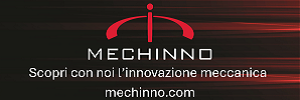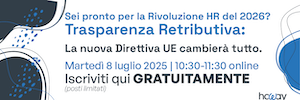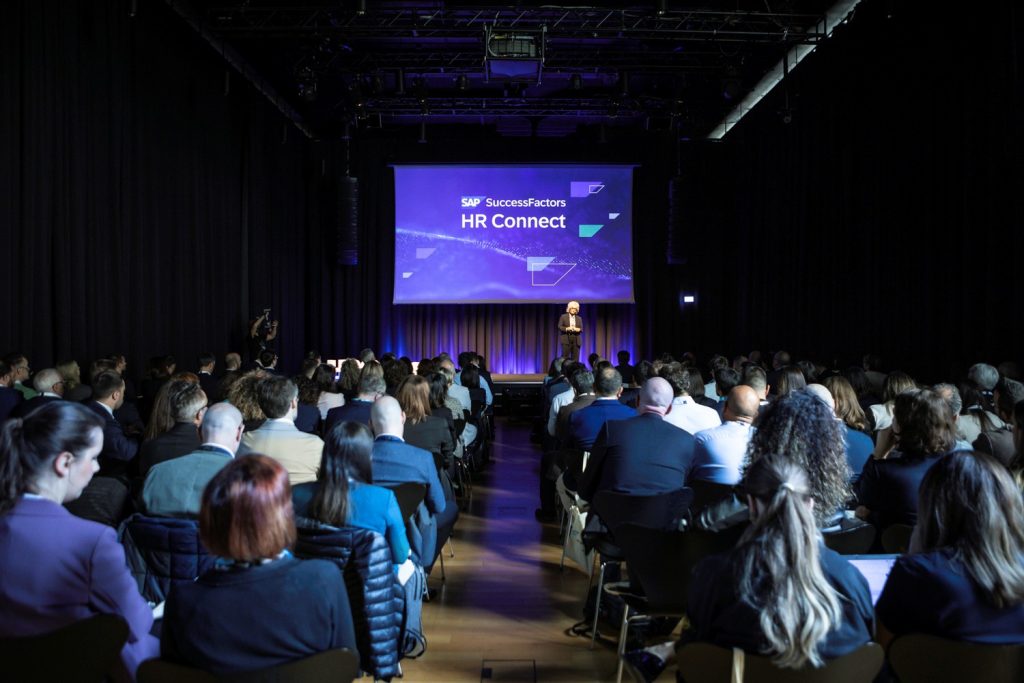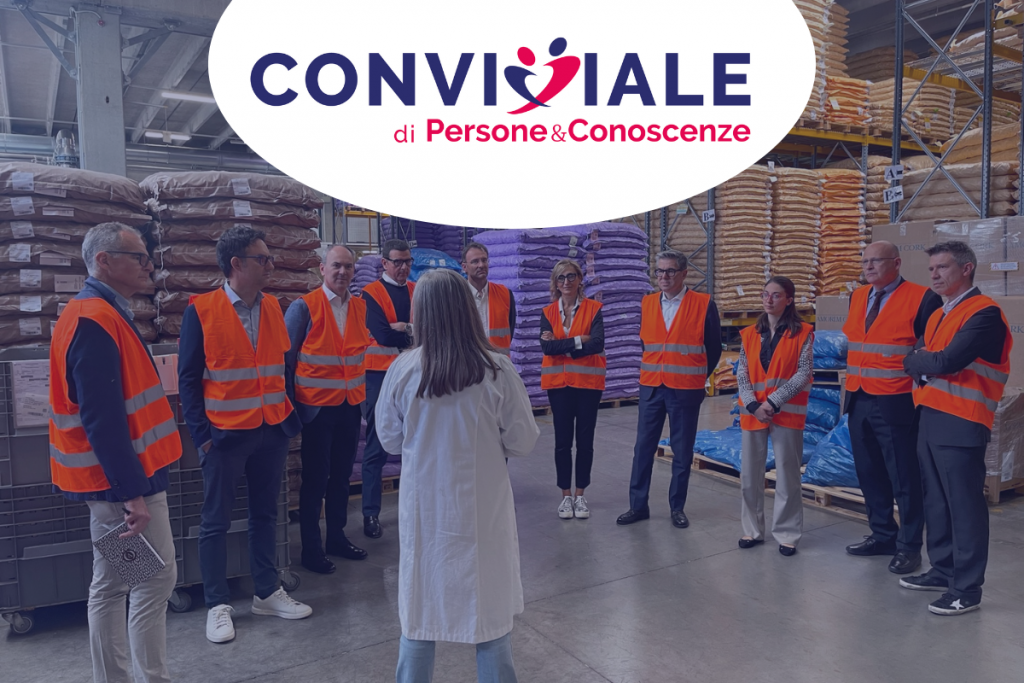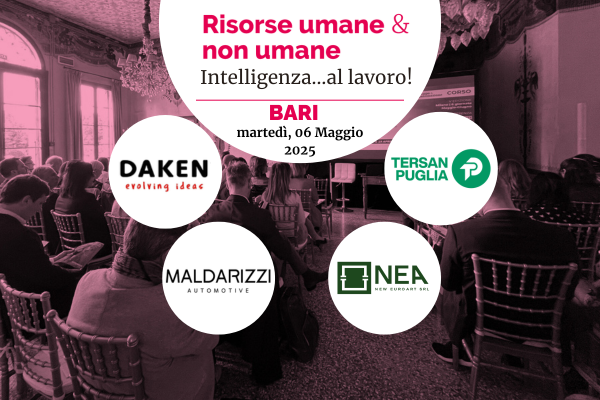
L’innovazione organizzativa e i suoi paradossi: la bibliografia
Pubblichiamo di seguito la bibliografia completa dell’articolo L’innovazione organizzativa e i suoi paradossi scritto da Luca Verzelloni, sul numero di novembre-dicembre 2019 di Sviluppo&Organizzazione.
Amabile T. M., Conti R., Coon H., Lazenby J., Herron M. (1996), Assessing the Work Environment for Creativity, Academy of Management Journal, 39 (5), pp. 1154-1184.
Amabile T. M. (1988), A model of creativity and innovation in organizations, Re-search in organizational behavior, 10 (1), pp. 123-167.
Amabile T.M. (2004), Innovation & creativity quotes, http://www.innovationtools.com/Quotes/Quotes.as.
Bailyn L. (1985), Autonomy in the industrial R&D lab, Human resource manage-ment, 24 (2), pp. 129-146.
Barron F., Harrington D.M. (1981), Creativity, intelligence, and personality, Annual review of psychology, 32 (1), pp. 439-476.
Bekkers V., Tummers L. (2018), Innovation in the public sector: Towards an open and collaborative approach, International Review of Administrative Sciences, 84 (2), pp. 209-213.
Blackler F. (1995), Knowledge, Knowledge Work and Organizations: an overview and interpretation, Organization Studies, 16 (6), pp. 1021-1046.
Bolton M. K. (1993), Organizational innovation and substandard performance: When is necessity the mother of innovation?, Organization science, 4 (1), pp. 57-75.
Collins H. M. (1993), The structure of knowledge, Social research, 60 (1), pp. 95-116.
Corradi G., Gherardi S., Verzelloni L. (2010), Through the practice lens: where is the bandwagon of practice-based studies heading?, Management learning, 41 (3), pp. 265-283.
Czarniawska B., Joerges B. (1996), Travels of ideas, in Czarniawska B., Sevón G. (a cura di) (1996), Translating organizational change, de Gruyter, Berlin.
Czarniawska B., Sevón G. (2005), Global ideas: how ideas, objects and practices travel in a global economy, Copenhagen Business School Press, Copenhagen.
Daft R. L. (1978), A Dual-Core Model of Organizational Innovation, Academy of Management Journal, 21 (2), pp. 193-210.
Damanpour F. (1991), Organizational Innovation: a meta-analysis of effects of de-terminants and moderators, Academy of Management Journal, 34 (3), pp. 555-590.
Damanpour F., Evan W. M. (1984), Organizational Innovation and Performance: The Problem of Organizational lag, Administrative Science Quarterly, 29 (3), pp. 392-409.
Deci E. L., Connell J. P. e Ryan R. M. (1989), Self-determination in a work organiza-tion, Journal of applied psychology, 74 (4), pp. 580-590.
Downs G. W., Mohr L. B. (1976), Conceptual issues in the study of innovation, Administrative science quarterly, 21 (4), pp. 700-714.
Ekvall G. (1996), Organizational climate for creativity and innovation, European Journal of Work and Organizational Psychology, 5 (1), pp. 105-123.
Fagerberg J. (2005), Innovation: A Guide to the Literature, in Fagerberg J., Mowery D. C. e Nelson R. R. (a cura di) (2005), The Oxford handbook of innovation, Oxford university press, Oxford.
Fagerberg J., Mowery D. C. e Nelson R. R. (a cura di) (2005), The Oxford handbook of innovation, Oxford university press, Oxford.
Gherardi S. (2006), Organizational knowledge: The texture of workplace learning, John Wiley & Sons, Malden.
Guarnieri C. e Piana D. (2011), Judicial independence and the rule of law: Exploring the European experience, in Shetreet S. (a cura di) (2011), The culture of judicial in-dependence, Leiden, Brill.
Hage J. T. (1999), Organizational innovation and organizational change, Annual Review of Sociology, 25 (1), pp. 597-622.
Hall B. H. (2004), Innovation and diffusion, Working paper National Bureau of Eco-nomic Research, 10212, pp. 1-33.
Hartley J., Rashman L. (2018), Innovation and inter-organizational learning in the context of public service reform, International Review of Administrative Sciences, 84 (2), pp. 231-248.
Keathley J., Merrill P., Owens T., Meggarrey I., Posey K. (2013), Leading innovation, The Journal for Quality and Participation, 36 (3), pp. 23-28.
Kimberly J. R. e Evanisko M. J. (1981), Organizational Innovation: The Influence of Individual, Organizational, and Contextual Factors on Hospital Adoption of Techno-logical and Administrative Innovations, Academy of Management Journal, 24 (4), pp. 689-713.
Kline J. K. e Rosenberg N. (1986), An Overview of Innovation, in Landau R., Rosen-burg N. (a cura di) (1986), The Positive Sum Strategy: Harnessing Technology for Economic Growth, National Academy Press, Washington.
Larsen J., Agarwala-Rogers R. (1977), Reinvention in Adoption, American Institutes for Research, Palo Alto.
Lepore J. (2014), The disruption machine, The New Yorker.
Lewis J. M., Ricard L. M., Klijn E. H. (2018), How innovation drivers, networking and leadership shape public sector innovation capacity, International Review of Administrative Sciences, 84 (2), pp. 288-307.
Mansfield E. (1968), Industrial research and technological innovation: an econometric analysis, Norton, New York.
McLean L. D. (2005), Organizational culture’s influence on creativity and innovation: A review of the literature and implications for human resource development, Advances in developing human resources, 7(2), pp. 226-246.
Oecd ed EC (2005), Oslo Manual: Guidelines for Collecting and Interpreting Innovation Data, 3rd edition, Oecd, Washington.
Piana D., Verzelloni L. (2016), Dal centro disperso al centro ritrovato? Riflessioni a partire dalle riforme della giustizia in Italia, Quaderni di Scienza Politica, XXIII, 2, pp. 241-267.
Roberts E. B. (2007), Managing invention and innovation, Research-Technology Management, 50 (1), pp. 35-54.
Rogers E. (1983), Diffusion of innovations, 3rd edition, The Free Press, New York.
Sahlin K., Wedlin L. (2008), Circulating ideas: Imitation, translation and editing, in Greenwood R., Oliver C., Sahlin K., Suddaby R. (a cura di) (2008), The Sage hand-book of organizational institutionalism, Sage, Los Angeles.
Sahlin-Andersson K. (1996), Imitating by editing success. The construction of organ-izational fields and identities, in Czarniawska B., Sevón G. (a cura di) (1996), Translating organizational change, de Gruyter, Berlin.
Schilling M. A. (2012), Strategic Management of Technological Innovation, New York, McGraw-Hill Education.
Schumpeter J. (1928), The instability of capitalism, The economic journal, 38 (151), pp. 361-386.
Thompson V. A. (1965), Bureaucracy and innovation, Administrative science quar-terly, 10, pp. 1-20.
Tornatzky L. G., Fleischer M. e Chakrabarti A. K. (1990), Processes of technological innovation, Lexington books,Lexington.
Valéry N. (1999), Industry gets religion, The Economist.
Van de Ven A. H. (1986), Central problems in the management of innovation, Management science, 32 (5), pp. 590-607.
Zaltman G., Duncan R., Holbek J. (1973), Innovations and organizations, John Wiley & Sons, New York.
Per informazioni sull’acquisto di copie e abbonamenti scrivi a daniela.bobbiese@este.it (tel. 02.91434400)

